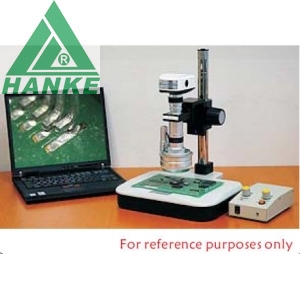

įor the purpose of separating the neighboring vertebrae roughly, Zhao et al. 1b) between them, however, the gap is considerably narrow and divided by trabeculae, which means it is difficult to find a proper continuous curve as a segmentation boundary.Īs we mentioned above, though few works could be found on endplate segmentation, plenty of researches have been done to achieve detection and segmentation of vertebrae, spinal canals, and spinal cord. Though there exists a gap area (labeled with a yellow dotted line in Fig. 1a), which makes the segmentation boundary ambiguous. Both the endplate and body are composed of spongy cancellous bone (see blue and green region marked in Fig. Besides, existing algorithms designed for human vertebrae may not be suitable for our case anymore.Īmbiguous segmentation boundary.

Therefore, mice vertebral body and arch are more likely to be interrupted with each other it is more difficult to separate them properly. For example, the mice vertebra mice we test have transverse processes relatively longer and of larger curvature comparing to the human’s. The shape of vertebra including the endplate, body and arch are highly complicated and variable. Highly complicated and variable shape of the vertebra tissues. While, high resolution often leads to high system payload and poor run-time efficiency. The average thickness of endplate is generally less than 80 μm therefore, a high-resolution imagery such as the micro-CT technique is required in order to achieve a high-accuracy segmentation. Potential high system payload and poor run-time efficiency. The main difficulties can be concluded as follows.
#MICROCT VIDEO ROTATE 3D RECONSTRUCTED IMAGE MANUAL#
Up to now, endplate segmentation from computed tomography (CT) images accurately is still a challenging task in practice, which relies heavily on knowledge, experience, and manual works. Therefore, endplate segmentation could become an important pre-requisite of vertebra/IVD degeneration analysis and many other applications, which is a major motivation of this work. Recently, it is also believed that there has a close relationship between the harm of endplate and osteoporosis. As a transitional zone between the intervertebral disc (IVD) and vertebra, it not only plays an important role in containing the adjacent disc, distributing applied loads evenly to the underlying vertebra, but also serves as a semi-permeable interface that allows the transfer of water and solutes, preventing the loss of large proteoglycan molecules from the disc. However, endplate is as important as the others. In former researches, most of the works were concentrated on segmenting vertebral tissues such as the body and arch, while vertebral endplate segmentation were rarely mentioned. Experiments were carried out which validate the performances of the proposed method in terms of effectiveness and accuracy.ĭemanded by image-based spine assessment, biomechanical modeling and surgery simulation, segmentation of spinal column from medical images have been intensively studied for decades. Finally, an iterative cutting procedure is implemented to produce the final result. Furthermore, shape priori of endplate in both two-dimensional and three-dimensional are extracted to assist in the segmentation. In addition, in order to reduce the data complexity, an endplate-targeted region of interest (ROI) extraction method is introduced according to the analysis of spatial relationship and variety of bone density of vertebra. To solve the problems, the core idea of the proposed method is to identify trabeculae between the endplate and the body through a graph-based strategy. The major difficulties include potential high system payload and poor run-time efficiency resulting from high-resolution micro-CT data, highly complicated and variable shape of the vertebra tissues, and the ambiguous segmentation boundary due to the similarity of spongy structures inside both the endplate and its adjacent vertebral body. While the accurately segmentation of mice endplate from micro computed tomography (CT) images is challenging. Recently, the increasing study on degeneration analysis of vertebra and intervertebral disc (IVD) make endplate segmentation as important as others. Though segmentation of spinal column from medical images have been intensively studied for decade, most of the works were concentrated on the segmentation of the vertebral body and arch, instead of the endplate.


 0 kommentar(er)
0 kommentar(er)
